Treatment of giardiasis in children with medicines and folk recipes.
Contents of
- Lamblias in children: symptoms and signs
- Lamblias in children: symptoms and signs
- Sources of infection
- How to detect lamblias in a child, video
- Symptoms and signs of the disease
- Diagnosis of lambliasis
- Lamblia analysis in a child
- Fecal mass analysis
- Lamblias in the blood
- What tests should I take if I suspecton giardiasis, video
- Ljamblii in a liver
- How to treat and deduce ljamblii at the child?
- Treatment of lambliasis in children with
- Drugs and drugs for lamblias for children
- Antibiotics for the treatment of Giardiasis: consults Dr. Komarovsky, video
- Folk treatment of lambliasis
- Antiparasitic collection in the presence of lamblia
- Broth from the roots of dandelion
- Decoction of leaves and bark of aspen
- Fresh leaves of plantain with honey
- Pumpkin seeds
- Diet for lamblias in children
- Prevention of children from infection with lamblia
- Lamblias in children: Komarowskith, video
- Lamblias in children: symptoms and signs
What is giardiasis? How can you get this disease? In this article, we will talk about the features of the course of the disease in children and the treatment of children's lambliasis with medicines and with the help of traditional medicine.
Lamblias in children: symptoms and signs
Giardiasis is a serious disease that causes small parasites - Giardia. They parasitize in the body of domestic animals, vegetables, fruits, greens. Cysts of lamblia are found not only in standing water bodies, but also in chlorinated water from the tap. Giardiasis is a disease that enters the risk zone for young children.
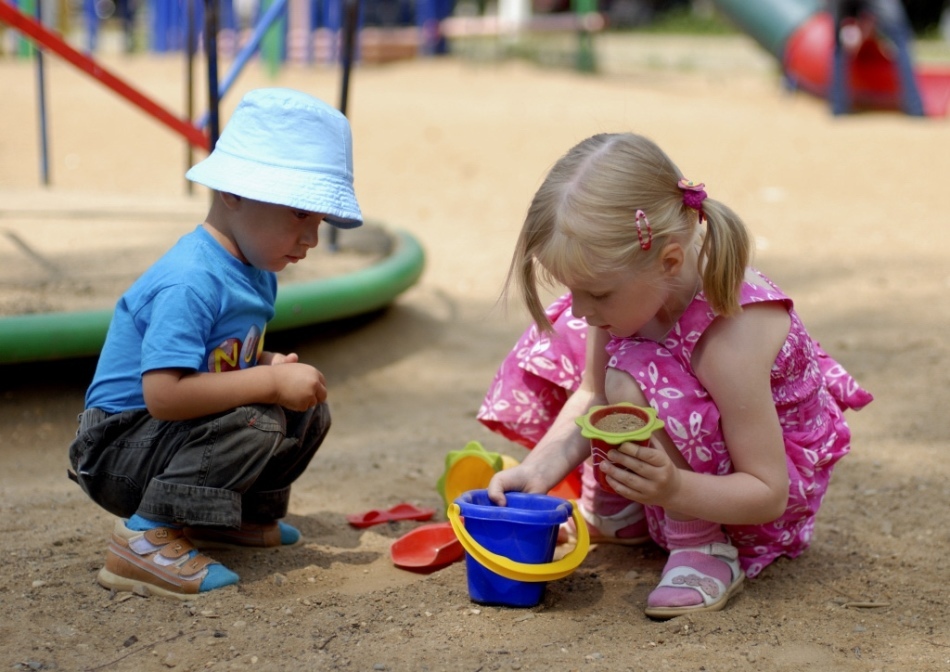 Children in the sandbox
Children in the sandbox Kids grow up and learn the world: they pull toys into their mouths, spend a lot of time on the floor, comprehend the unknown space of the dustiest corners of the vast flat, lift the fallen food from the floor, "communicate" with pets.
Statistical data: more than 20% of children under 10 years of age on the planet are susceptible to Giardiasis. Every fifth inhabitant of the world suffers from this disease.
Giardiasis is a protozoal infection that affects the small intestine, duodenum, liver, gallbladder and bile ducts. Lamblias have microscopic dimensions: 18 microns in length and 10 microns in width. Parasites move by means of several pairs of flagella.
Getting into a favorable habitat, lamblia irritates the walls of the intestines, contributes to the inflammatory process and disrupts the physiological mechanism of digestion.
Statistical data: children suffer from giardiasis more often than adults.
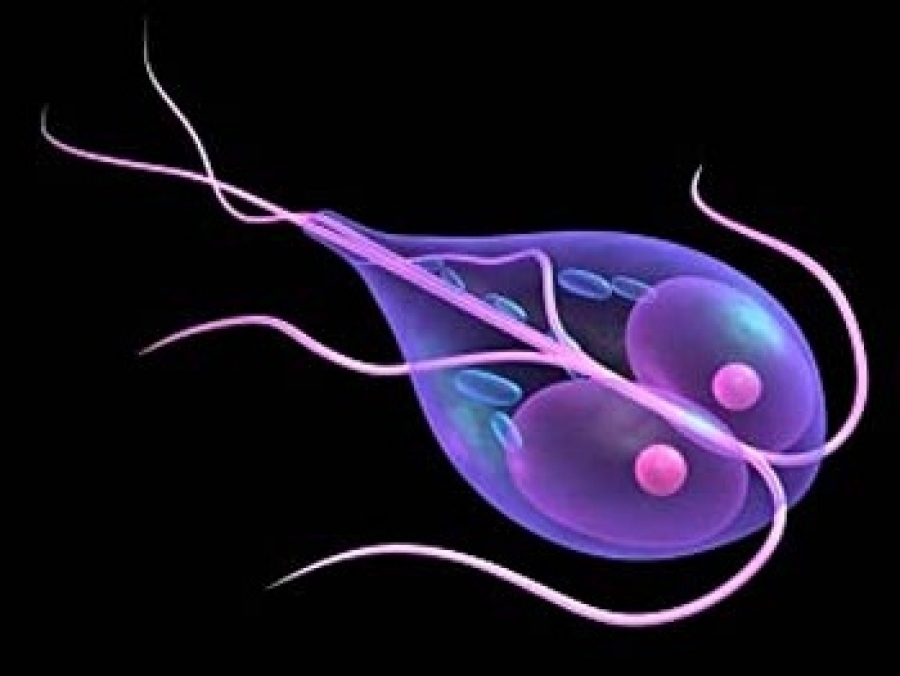 Lamblias
Lamblias Sources of infection
IMPORTANT: The main source of giardiasis is infected people. If there is at least one person in the family who suffers from giardiasis, then all members of the family are usually prone to this disease.
In the intestines of ljamblii in sick people are reborn into cysts, forming a dense shell. Cysts are excreted from the body through feces and can exist for a long time in the external world.
IMPORTANT: Cysts enter the body through non-compliance with hygiene rules.
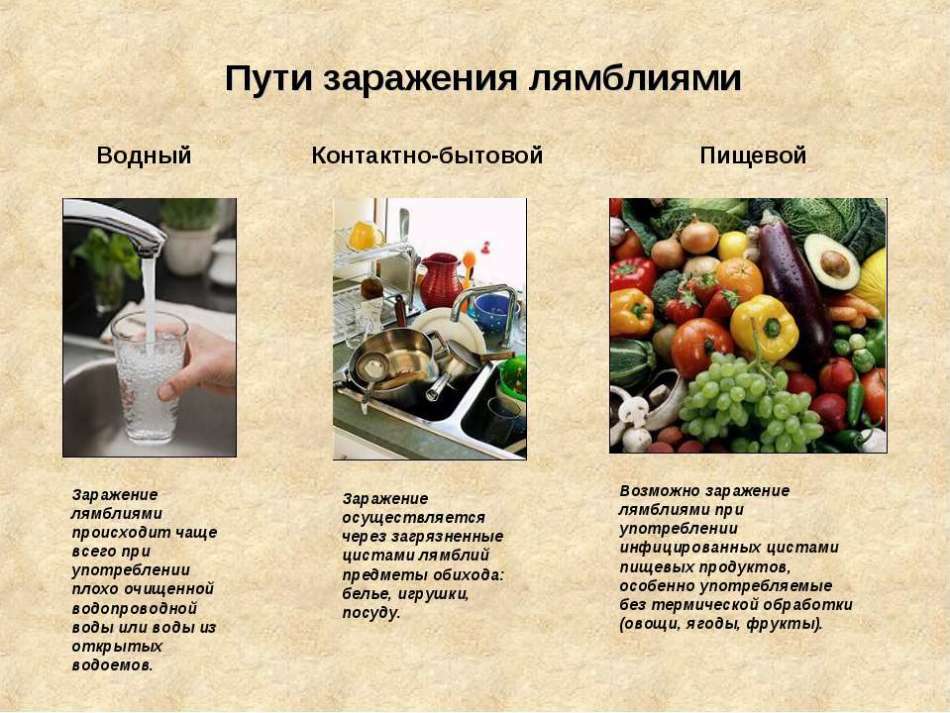 Routes of infection with Giardiasis
Routes of infection with Giardiasis Sources of infection can be:
- dirty hands
- tap water and contaminated reservoirs
- unwashed vegetables, berries, fruits and greens
- general toys in children's team
- children's sandboxes
- bad habits: everything to try and pull in your mouth, suckingfingers
- pets
- insufficient cleanliness of premises
How to detect lamblias in a child, video
Symptoms and signs of disease
Infection with lamblia is most often asymptomatic. The very same infection passes without a trace for some time. In some cases, lambliasis may occur, when lamblias settle in the small intestine and begin to aggressively influence the processes of digestion and absorption.
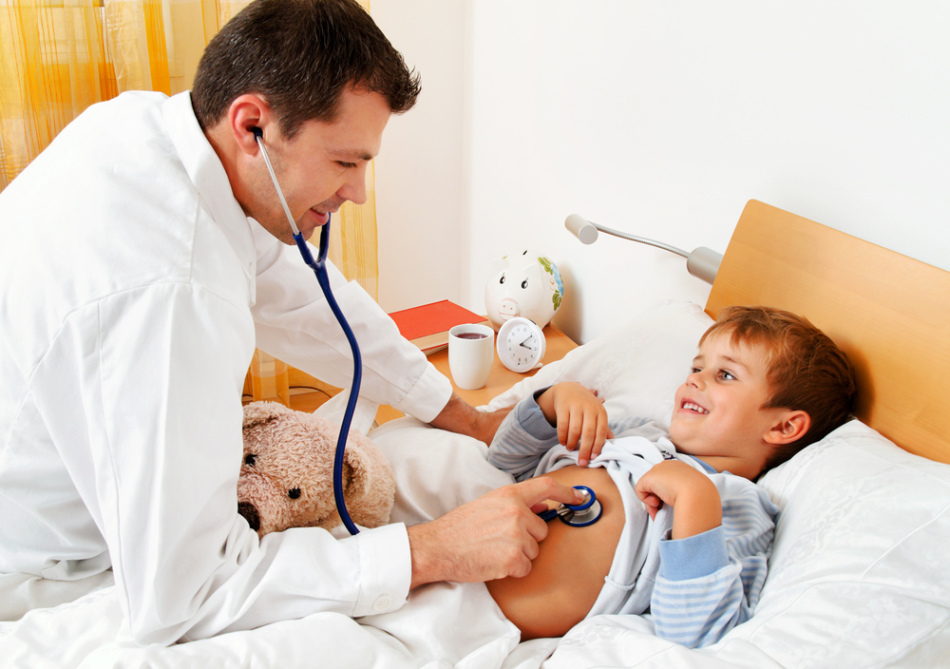 Doctor examining the child
Doctor examining the child The main symptoms of lambliasis in children
- lethargy and weight loss
- prolonged diarrhea with an unpleasant and strong odor of stool that is difficult to wash off( indicating the presence of undigested fats)
- temperature rise up to 38 degrees
- occurrence of pain in the navel region
- allergic manifestations in the form of an itchy rash on the skin
- periodic nausea and vomiting
IMPORTANT: If these symptoms occur, consult a physician, As the symptoms of the disease are similar to acute food poisoning, requiring immediate medical attention.
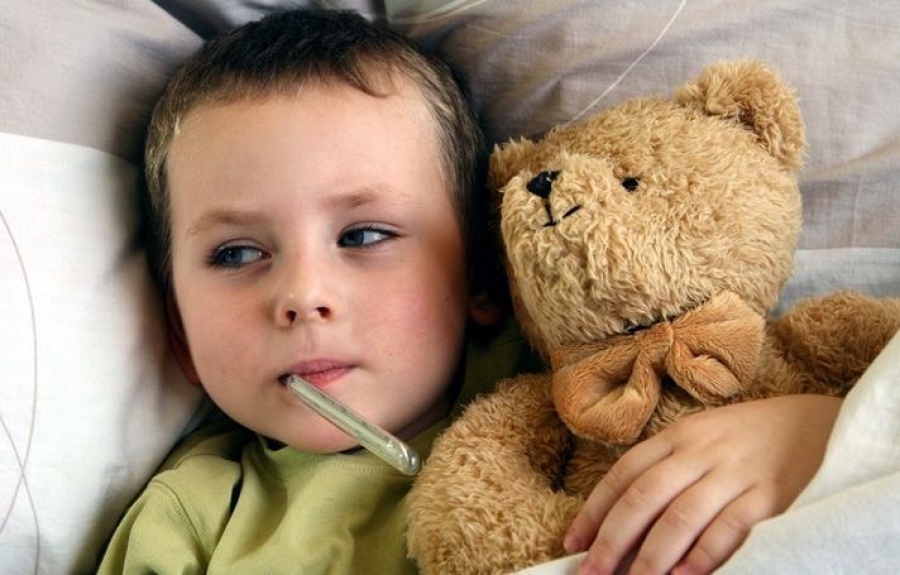 Sudden temperature increase may indicate lambliasis
Sudden temperature increase may indicate lambliasis Features of lambliasis in young children
- In children less than a year, lambliasis often manifests as an episodic increase in temperature with normal child health. Because of the disturbance of the digestive process caused by the defeat of the small intestine by parasites, the baby does not gain weight, its physical development slows down
- The appearance of "causeless" diarrhea should also alert the parents. Allergic skin eruptions often accompany lambliasis and can be mistaken for atopic dermatitis
- . Occasionally, children infected with Giardia have difficulty breathing in the form of dyspnea. Attacks of cramped breathing are often not recognized as a result of giardiasis and often the child is prescribed asthma treatment
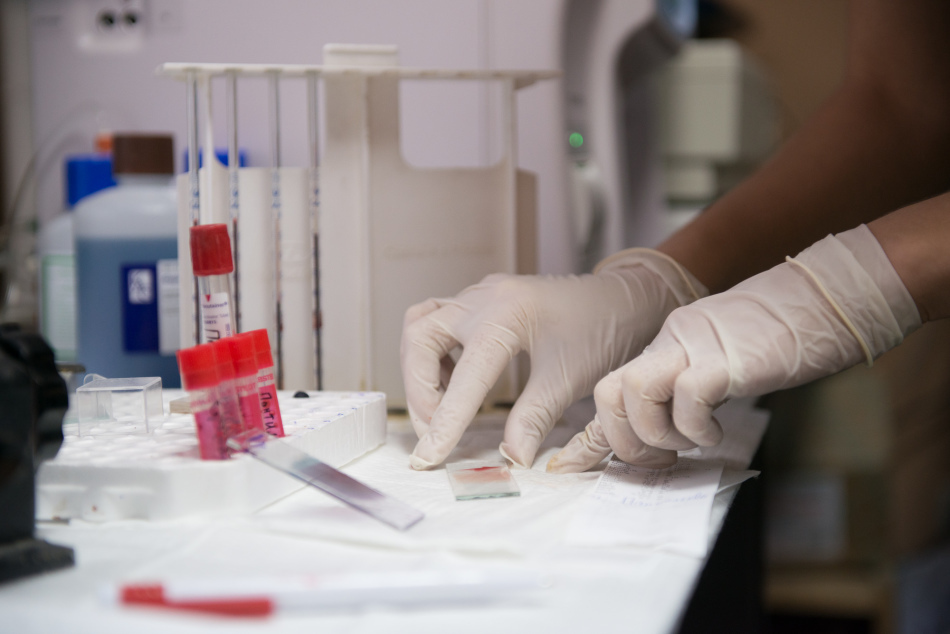 Laboratory tests allow diagnosing giardiasis
Laboratory tests allow diagnosing giardiasis Diagnosis of Giardiasis
If a suspected infection with lamblia in a child, a fecal examination of feces is performed. This laboratory method is not sufficiently reliable, as often the material provided for analysis is improperly collected, making it difficult to identify the disease.
If the signs of the disease are obvious, and the result of the coprologic examination has shown a negative result, the doctor can prescribe an additional analysis of the post-graduate student of the upper part of the skinny or duodenum.
The most accurate methods of diagnosing the disease are:
- enzyme-binding immunosorbent assay
- duodenal biobase
- immunoelectrophoresis
These research methods are shown by the doctor as additional, if the child's condition worsens and all the symptoms of the disease are present, and the analyzes did not show the presence of parasites in the biomaterial.
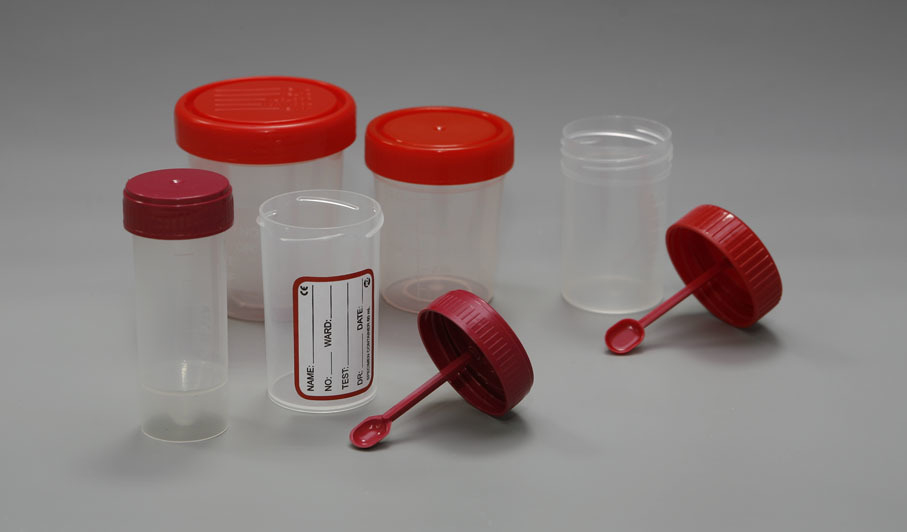 Containers for the examination of biomaterial for lambliasis
Containers for the examination of biomaterial for lambliasis Analysis for the lamblia in the child
When suspected of giardiasis, it is recommended to conduct: stool examination and blood test
Fecal mass analysis
The test method allows studying stool masses under a microscope and revealing giardia( with a fresh stool sample) or cystsparasite.
For the reliability of the result, a repeated study of fresh feces is made: 3-4 times with an interval of 3 days. Such a survey gives almost 90% accuracy result.
Lamblias in the blood
A clinical blood test helps detect the presence of antibodies to parasites in the first 4 weeks after infection.2 weeks after infection, the patient's child develops antibodies that can be found in the blood taken from the vein.
Now this method is not considered a reliable indicator of the detection of the disease, therefore in Russia and a number of foreign countries, this method is now not recommended.
What tests should I take if I feel lambliasis, video
Lamblias in the liver
In the last century, the medical world recognized the defeat of the lamblia of the bile duct and gallbladder, which could cause serious violations on the part of the liver. The method of duodenal sounding made it possible to identify lamblia in the bile ducts.
IMPORTANT: At present, duodenal sounding is performed in children in exceptional cases, as this procedure is painfully and painfully tolerated by children.
Moreover, it is proved that lamblia affects only the upper part of the small intestine. Parasites can get into the bile ducts, but they are not able to live in them, since bile is an aggressive environment for lamblia.
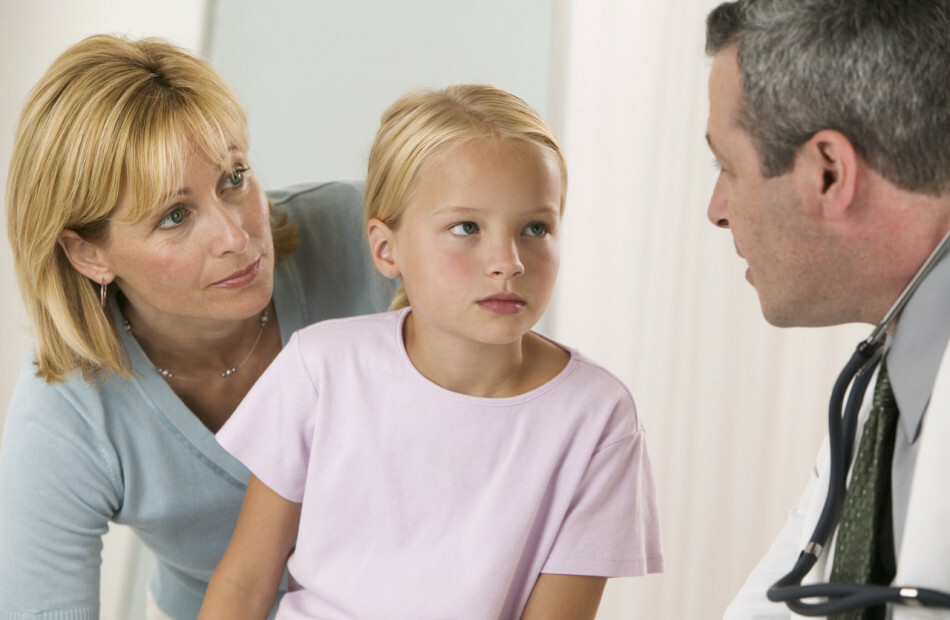 Untreated giardiasis can affect the development of a child
Untreated giardiasis can affect the development of a child How to treat and withdraw lamblia from a child?
As a rule, after the transferred lambliasis there are rarely complications. However, it happens that giardiasis provokes an aggravation of such diseases as duodenitis, gastritis, cholecystitis, pancreatitis, cholangitis, intestinal obstruction. Giardiasis can lead to severe depletion and impaired liver function.
IMPORTANT: If the diagnosis is not made in time and adequate treatment of Giardiasis is started, this will seriously affect the development of the child's organism.
You can cure giardiasis by applying a set of measures:
- drug treatment by different groups of drugs
- diet food
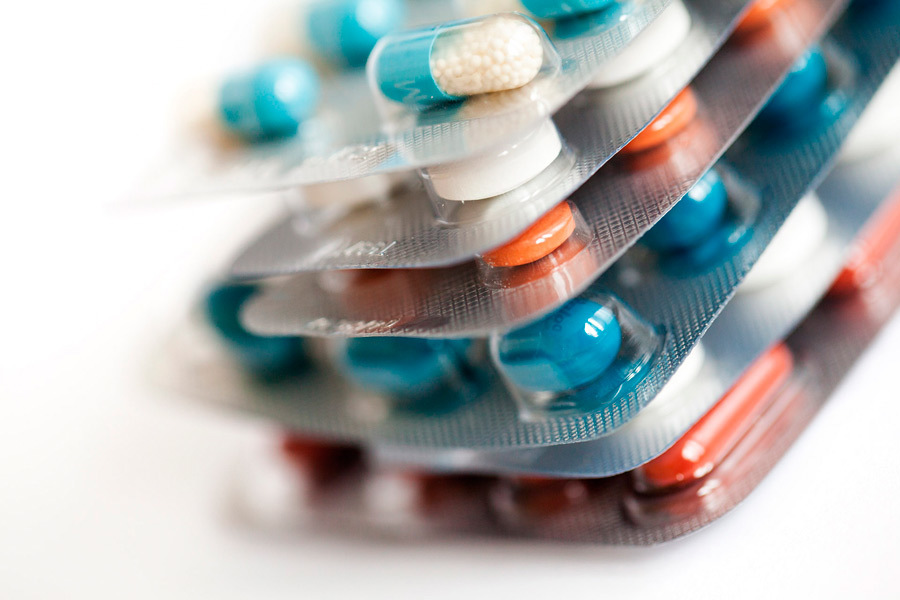 Giardiasis is treated with medicines of different groups
Giardiasis is treated with medicines of different groups Treatment of giardiasis in children with
The method of treatment of giardiasis with medicines is reduced not only to the use of antiparasitic drugs. The treatment regimen also includes antihistamines, spasmolytic and pain medications, hepatoprotectors, enzyme medications.
Complex medical treatment provides a normal physiological course of work of the gastrointestinal tract, liver, eliminates pain and discomfort manifestations in the body.
Drugs and drugs for lamblias for children
The treatment plan for giardiasis is established by the attending physician depending on the age and weight of the child.
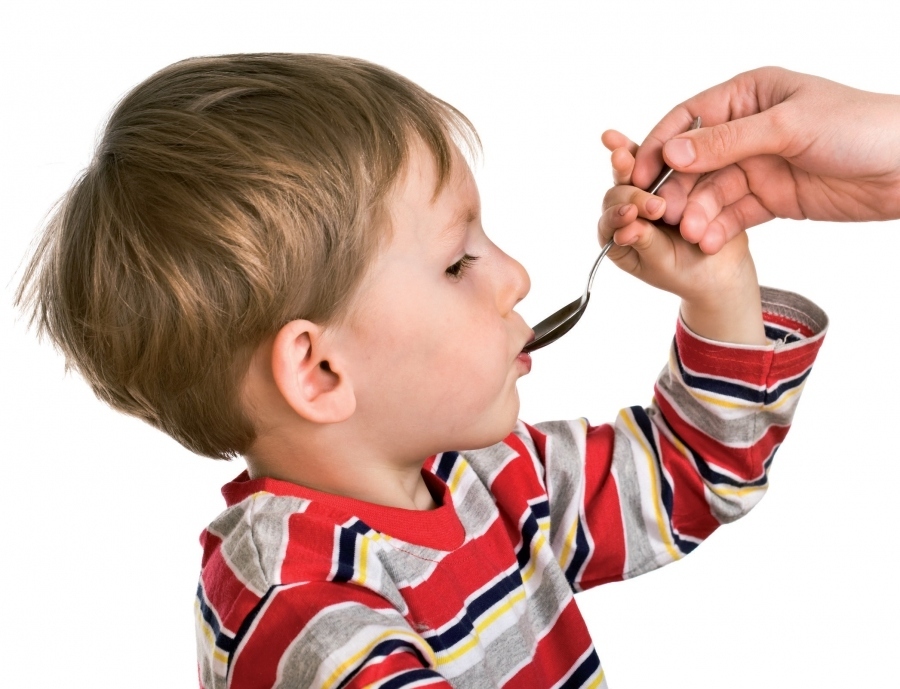 In the treatment of giardiasis, the medicine is prescribed by the doctor depending on the age of the child
In the treatment of giardiasis, the medicine is prescribed by the doctor depending on the age of the child IMPORTANT: Do not treat children's lambliasis alone. It is not recommended without the doctor's prescription to give the child antibiotics and antiparasitic drugs. This is unacceptable and threatens with unpredictable consequences.
complex medicaments for the treatment of giardiasis comprises the following groups of drugs:
- antiprotozoal, antiparasitic and antimicrobial drugs, and combinations thereof
- antispasmodics
- gepatoprotektory
- antihistamine drugs
- enzyme preparations
- sorbents
Antibiotics of giardiasis: consults the doctor Komarovskiy video
antiprotozoal, antiparasitic and antimicrobialmedicines and their combinations are prescribed to suppress the life of lamblia. The most effective medicines for lambliasis infection are:
- Trichopol( Metronidazole, Flagil)
- Tinidazole( Tinidazole-Acry, Fazijin, Tiniba)
- Furazolidone
- Nifuratel( MacMiore)
- Albendazole( Aldazol, Vormil, Centel, Pharmox, Sanoxal, Nemozol, Gelmodol-BM)
- Intetriks
IMPORTANT: Treatment regimens and the course of medication in the treatment of Giardiasis are prescribed and controlled by the doctor according to the age and weight of the child.
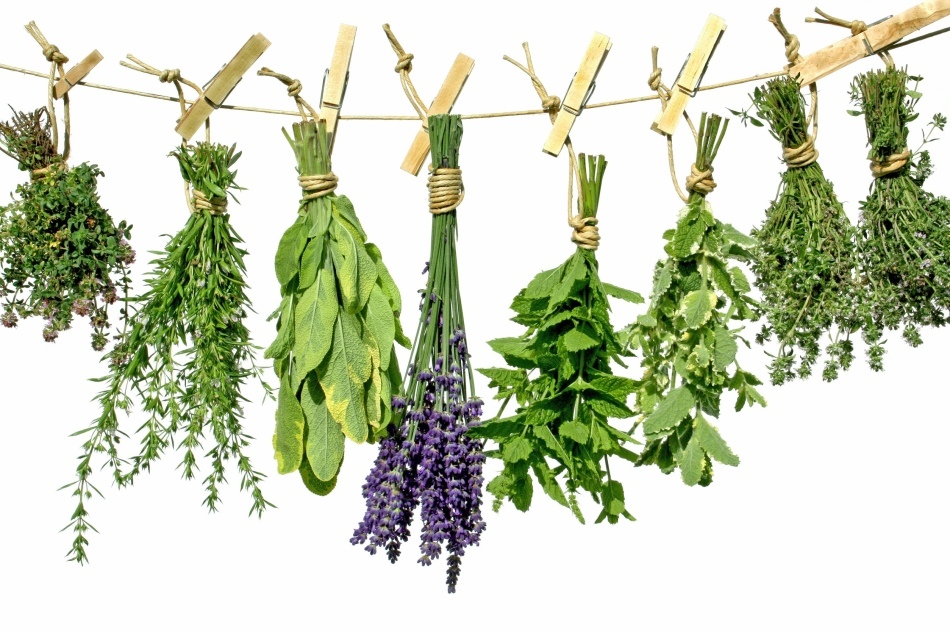 Treatment with herbs - additional therapy for the treatment of Giardiasis
Treatment with herbs - additional therapy for the treatment of Giardiasis Traditional treatment of giardiasis
There are many popular recipes in the treatment of Giardiasis. They are time-tested and help to remove parasites from the body, speeding up recovery.
IMPORTANT: It should be remembered that the treatment with herbs and other folk methods is possible when agreed with a doctor. It is inadmissible to replace medicinal treatment with prescriptions of traditional medicine.
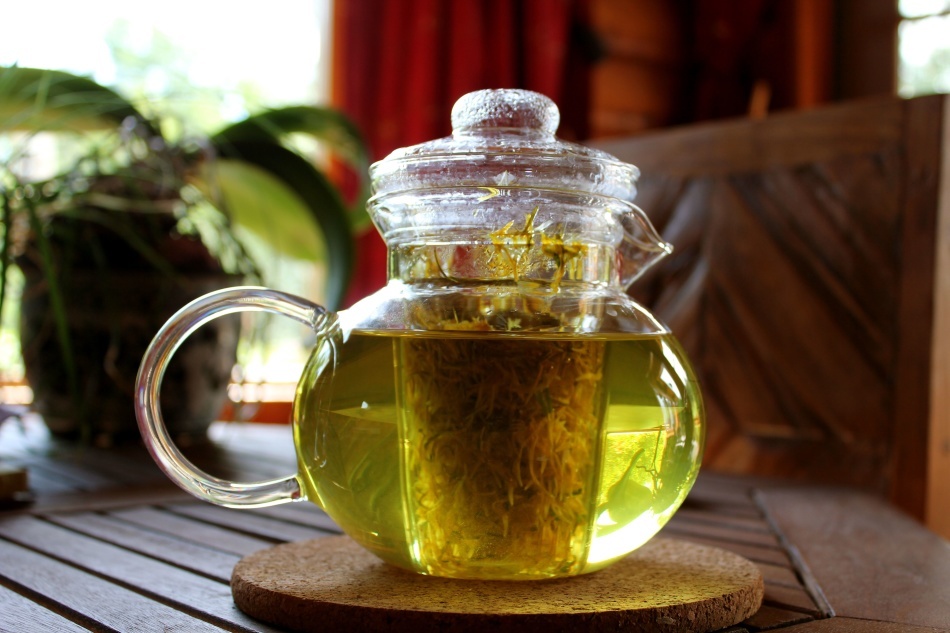 Decoctions and infusions of herbs - an effective folk method in the treatment of Giardiasis
Decoctions and infusions of herbs - an effective folk method in the treatment of Giardiasis Phytotherapy in giardiasis should be considered as a method supplementing the basic treatment.
IMPORTANT: It should be noted that giardiasis in young children can not be treated with antiparasitic and potent herbs. Incorrect dosing of broths and infusions can cause poisoning of the child and aggravate the state of the baby.
Here are the most popular folk recipes for treating giardiasis in children over 12 years of age.
Antiparasitic collection in the presence of lamblia
- thyme - 5 parts
- root of chickpea - 5 parts
- rhizome of elecampane - 5 parts
- peppermint leaf - 2 pieces
- walnut leaf - 2 parts
- herb wormwood - 1 part
2 tablespoons mixture of steamed500 ml of boiling water. An hour later strain. Take 0.5 cup three times a day. After a week, the dose of the collection is reduced to one tablespoon per half-liter of boiling water. Infusion take a month. After the treatment, a second analysis of the feces for lamblia should be made.
Decoction of the bloodsuckers
2 tablespoons of roots of the buglet, soak two cups of boiling water and boil it on low heat for 20 minutes( on a water bath).An hour later you can take a decoction. Portion divided into four parts and a drink during the day before meals.
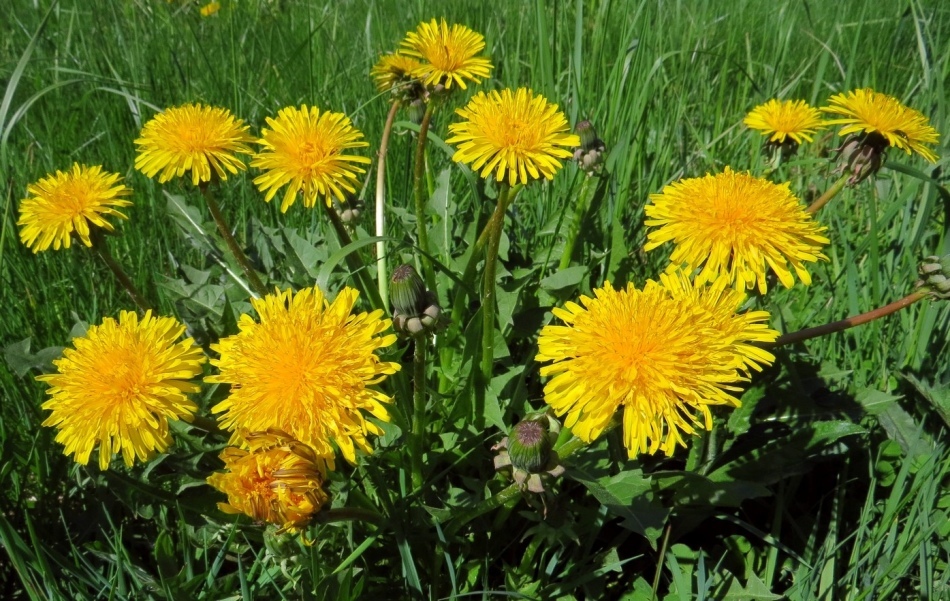 Decoction of dandelion roots will help to remove the lamblia from the body
Decoction of dandelion roots will help to remove the lamblia from the body Decoction from the roots of dandelion
A tablespoon of dandelion roots soak with a glass of boiling water and cook in a water bath for 20 minutes. The portion of the broth is designed for daily intake in equal doses.
Decoction of leaves and bark of aspen
A tablespoon of a mixture of leaves and bark of aspen to steam with a glass of boiling water and cook in a water bath with a slow boil for 20 minutes. Take before each meal on a tablespoon.
Fresh psyllium leaves with honey
Collect plantain leaves during flowering and grind in a blender until mushy. Mix with honey in equal proportions. Take a teaspoon before each meal for a month.
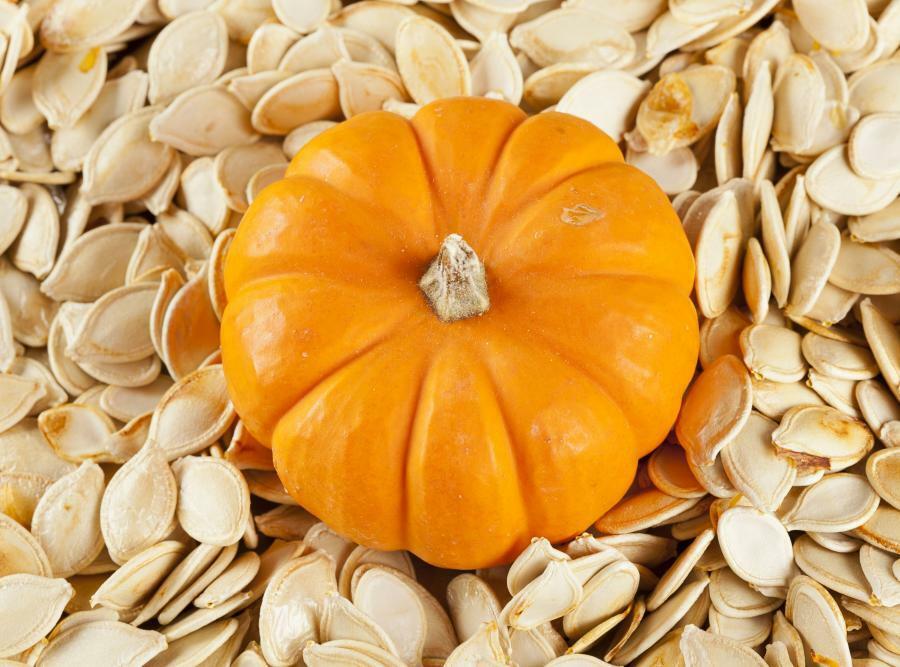 Raw pumpkin seeds - an effective antiparasitic agent
Raw pumpkin seeds - an effective antiparasitic agent Pumpkin seeds
100 raw pumpkin seeds and grind and add 25 ml of water and honey. Use the mixture in small portions for an hour. Then drink a laxative and clean the intestines with an enema.
Diet for lamblias in children
IMPORTANT: For successful and rapid recovery, medication should be used in conjunction with a diet.
The diet for giardiasis in children is aimed at destroying parasites from the body. Since the main source of lamblia is carbohydrates, you should limit their intake of food. From the diet it is recommended to exclude the following products:
- bakery
- sweet carbonated drinks
- sweets
- canned products
- fried, fatty and smoked products
- cereals( except buckwheat, rice and corn)
- pasta
- whole milk
- pâtés and sausages
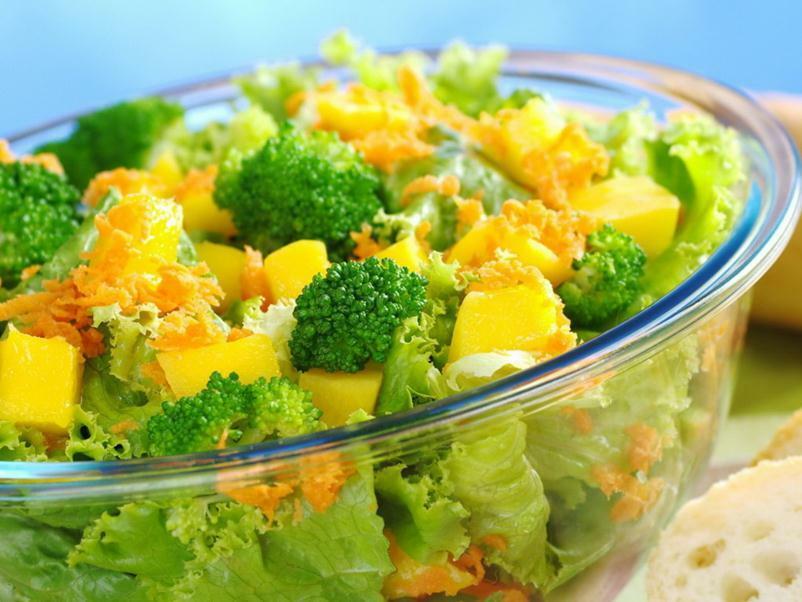 Vegetable dishes, not irritating the stomach, are recommended in the diet of patients with giardiasis
Vegetable dishes, not irritating the stomach, are recommended in the diet of patients with giardiasis Lamblias do not withstand an acidic environment, so dietitians recommend the use of acidic drinks, fruit drinks, juices,compotes of sour berries, fruits and vegetables. For giardiasis, the following foods should be included in the diet:
- sour milk: kefir, yoghurt, curdled milk, cottage cheese
- low-fat fish
- lean meat
- vegetables that do not irritate the stomach and intestinal mucosa
- fruits and berries: citrus, apples, kiwi, strawberries, blackcurrants, gooseberries, cherries, cranberries
For cooking, you should use such methods of cooking: boiling in water and steam, stewing, baking.
Daily use of medicinal mineral water is welcomed( Essentuki №4)
It is not difficult to observe a diet with the disease, as there are no special strict restrictions in nutrition.
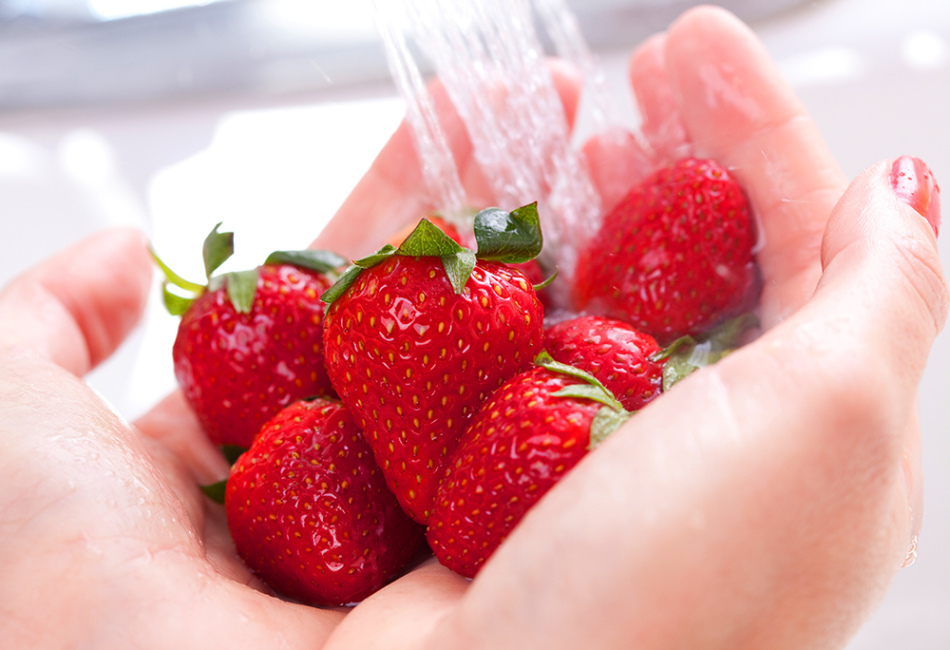 To avoid infection with lambliasis, you should thoroughly wash fruits and vegetables.
To avoid infection with lambliasis, you should thoroughly wash fruits and vegetables. Prevention of children from infection with lamblia
Giardiasis is a common childhood disease. It is always more difficult to treat a disease than to prevent it. At the end of the article, we share tips: how to avoid giardiasis.
- Kick the baby to pull everything in the mouth: sucking fingers, taking dirty objects and toys into the mouth, gnawing nails
- Wash hands thoroughly with soap after walking and each meal
- Do not drink tap water
- Wash vegetables, berries, fruits andgreens before consumption
